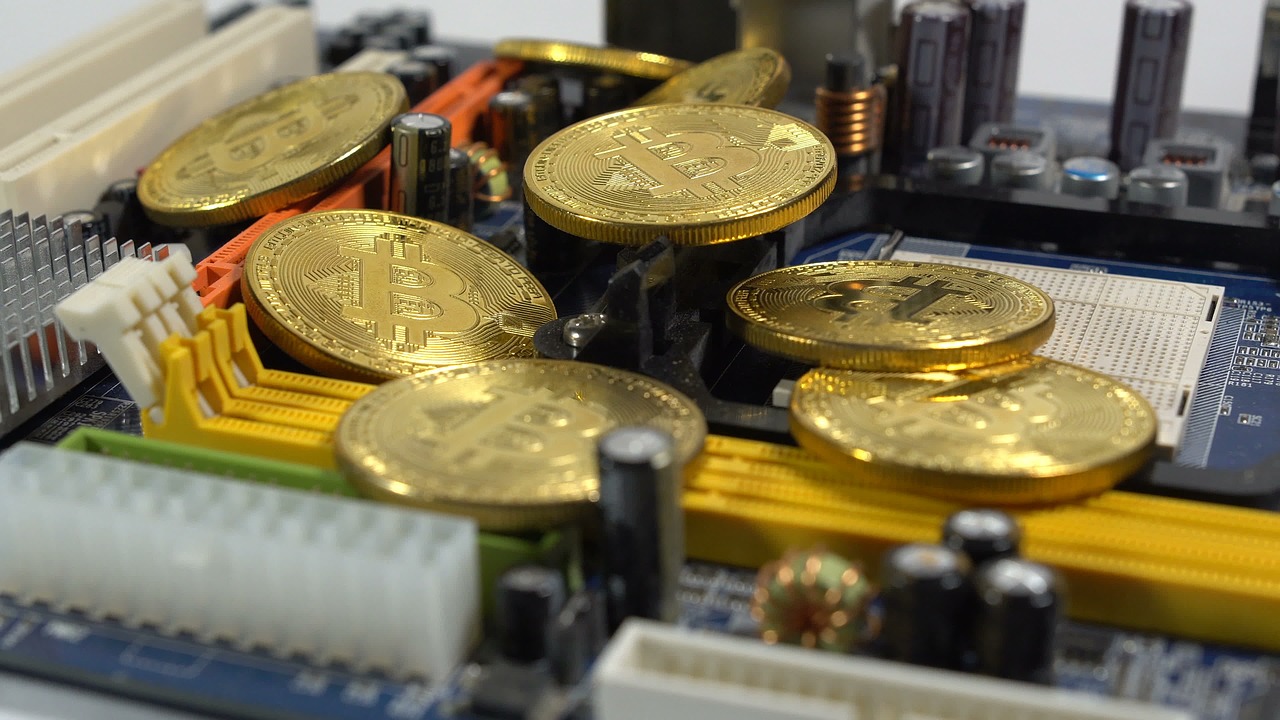Blockchain games, also known as NFT games or crypto games, are video games that leverage blockchain technology based on encryption. The majority of these games’ blockchain features are based on cryptocurrency or non-fungible tokens (NFTs), which players can buy, sell, or trade with one another. The game publisher receives a fee from each transaction as a form of commercialization. By playing games like Crypto Kitties and selling their winnings for fiat currencies like US dollars, some blockchain game players have gained enough money to meet their living needs.
Cryptocurrencies are becoming increasingly popular, and it appears that everyone is jumping on board. As a result, every big corporation is interested in blockchain technology. The gaming industry appears to be one of the first to embrace blockchain technology, but what are blockchain games’ long-term prospects?
The worlds of blockchain and gaming are becoming increasingly entangled. Blockchain is expected to excite gamers’ interest in learning more about it and participating in it. This is reflected in the gaming industry’s fondness for NFTs, with many uncommon and valuable NFTs changing hands within games.
The blockchain is a crucial component of financial technology in the future. Aside from the bitcoin squabbles, the idea of an incorruptible ledger is gaining traction. Developers that want to make games with a better user experience can use blockchain, which is required for the development of a decentralised financial system.
How do blockchain games work, and what are they?
Despite the fact that blockchain games have been around since 2009, Bit Quest was one of the first notable location-independent decentralised applications. Depp’s game was Crypto Kitties. Crypto Kitties, which allowed gamers to breed, trade, and sell virtual kittens on the Ethereum network, generated over $25 million in sales in its first three months. Following the success of Spells of Genesis, at least one game combined blockchain and classic trading card game elements to produce a novel game concept that outperformed other cryptocurrency-based games at the time. Non-fungible tokens (NFTs), which do not reflect trade assets but are used to identify ownership within the game, have also been employed in several games.
Many modern games now incorporate some form of digital scarcity into their design, whether for plot or gameplay. In many cases, users can buy or earn virtual goods by playing the game rather than paying real money for them by using cryptocurrency tokens to transact in-game economies.
The concept of blockchain gaming
Because blockchain video games are such a novel concept, the underlying technology has yet to be properly investigated for its potential impact on future gaming. However, there are some benefits to using blockchain technology for this purpose. It ensures that all digital assets are tracked throughout their lives; it allows traditional video games to become decentralised applications, eliminating the need for centrally hosted servers; and it ensures that once an item has been traded, it cannot be removed from the game’s ecosystem, even if the game is closed. This alleviates concerns about item rarity and possible misuse that could arise if secondary markets were established.
In some cases, the underlying blockchain technology of cryptocurrencies, such as Bitcoin (BTC), is used to build digital rights management (DRM) systems to prevent illegal copying of virtual items, ensuring that they remain unique and one-of-a-kind. Users can sell or exchange game assets on unlicensed marketplaces such as eBay or social media without blockchain technology, potentially leading to fraud.
There are a few crucial terms to be aware of when it comes to blockchain gaming.
Ownership of in-game assets
Gamers are wary of spending money on in-game products that aren’t portable and are within the developer’s control. Worse, if a gaming site goes down, gamers lose everything they’ve invested. Developers now have complete control over their assets after tokenizing in-game commodities.
Play-to-earn
In many blockchain games, the play-to-earn model is utilised to reward players for participating in in-game economies and obtaining and trading virtual items. As a result, blockchain-based games, unlike free-to-play games with in-game purchases or pay-to-play games, give players complete ownership over their virtual assets. As a result of the system’s virtuous loop, gamers can win prizes like as weapons, skins, and gaming gear.
Pay-to-earn
Users must pay an upfront price in the form of an in-game item, usually an NFT, under the pay-to-earn approach, which is similar to play-to-earn. The item’s value may therefore rise over time as a result of the promise of profits acting as a motivation.
Gamefic
Gamefic is a phrase used to describe a game that emphasises the financial possibilities of gaming by employing a play-to-earn or pay-to-earn paradigm. A successful blockchain game requires a robust blockchain architecture with quick transaction rates and reasonable pricing. When buying or selling items, consumers should not be charged significant transaction fees because they are useless without them.
Blockchain games are a new type of video game in which non-fungible tokens (NFTs) allow players to own and trade digital assets within the game. To monetize their games, developers can use blockchain to create one-of-a-kind virtual items. Skin gambling and other grey market activities are discouraged by not allowing the trading of items outside of the game’s setting.
Blockchain technology has already been included into the design of a few recent video games, prompting businesses from a variety of industries to look into the potential. Users can usually earn or win virtual things by playing the game or engaging in its economy, rather than paying real-world dollars to buy them.


